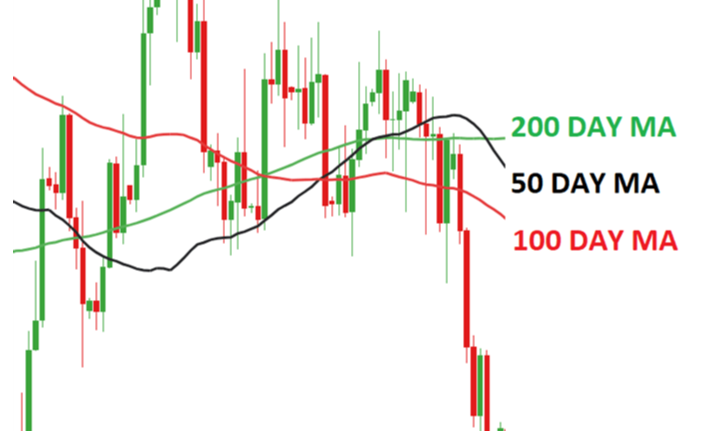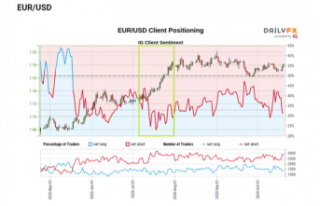What is a MOVING AVERAGE?
The moving average, in technical analysis, is an indicator that represents the average closing price for the market over a specific period of time. Because it is a good indicator of market momentum, traders often use moving averages.
The exponential moving average (EMA) and the simple moving average are the most popular. The main difference between these moving estimates is that the exponential moving average will add more weight to current prices while the simple moving average doesn't.
How do you calculate the average movement?
The exponential moving average and the simple moving average are the most popular moving averages. A majority of charting software will include a moving average as an indicator.
Simply put, the simple moving average is the sum of all data points in the series divided times the number of points.
SMA's challenge is that not all data points will be equal in weight. This could distort the market's true trend.
This problem was corrected by the EMA, which will give more weight to the most recent prices. This makes the EMA more aware of current market trends and helps to determine trend direction.
Below is the mathematic formula.
What is the purpose of MOVING AVERAGES
The primary purpose of the moving averages is to eliminate market fluctuations. Because moving averages represent an average closing price over a selected period of time, the moving average allows traders to identify the overall trend of the market in a simple way.
The moving average's flexibility allows traders to choose the trading timeframe that best suits their trading goals. Moving averages are used to determine support and resistance levels, market entry, and other purposes. When the MA is below the price, the moving average acts as a resistance level. It acts as a support level if the MA is above it.









